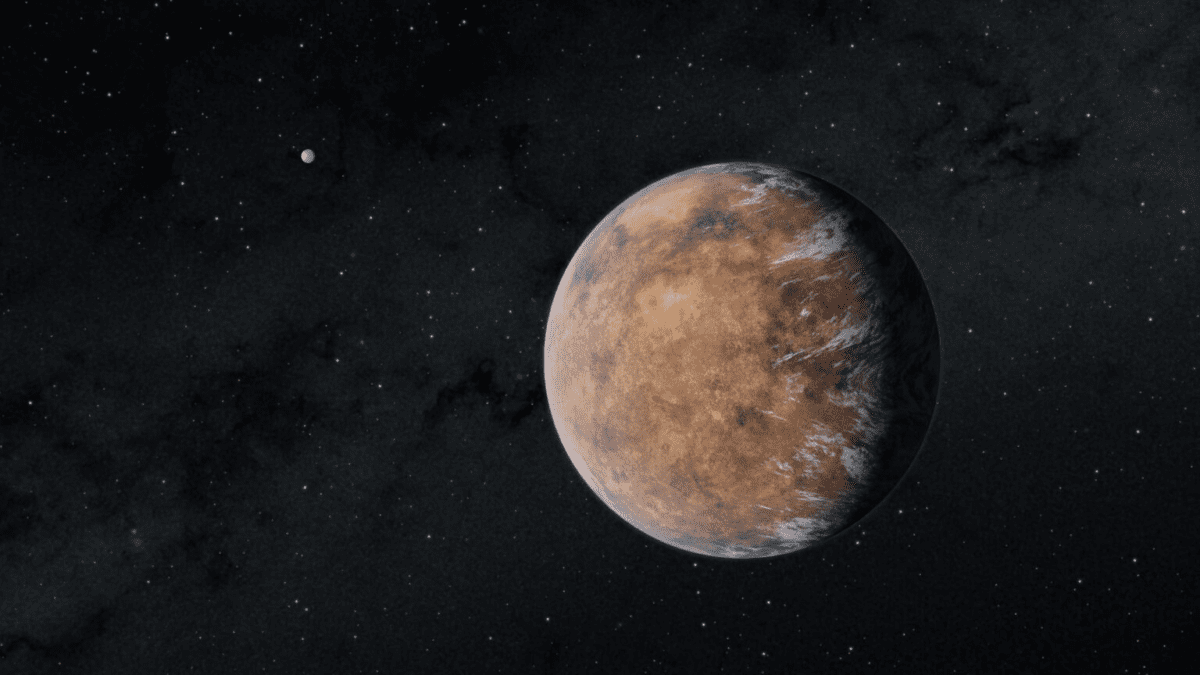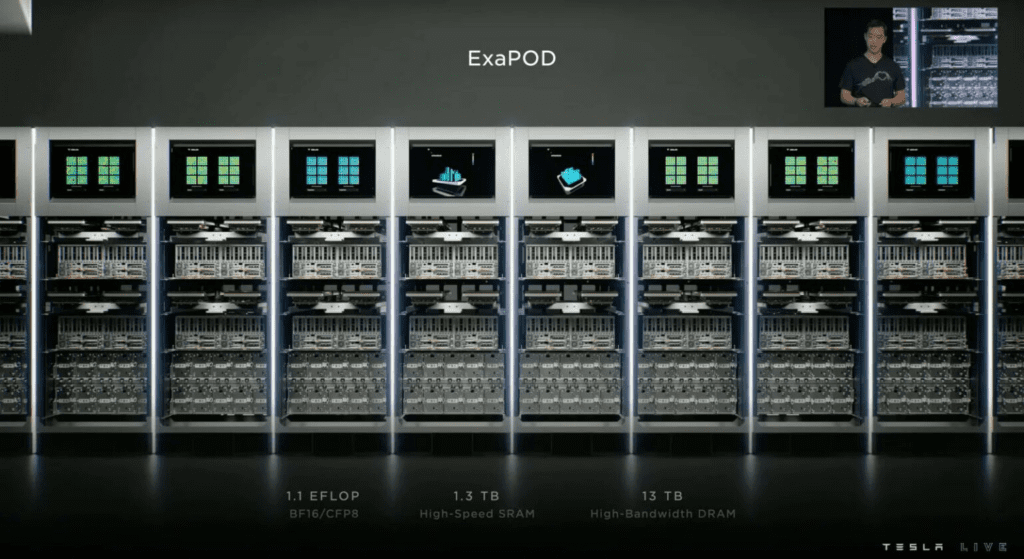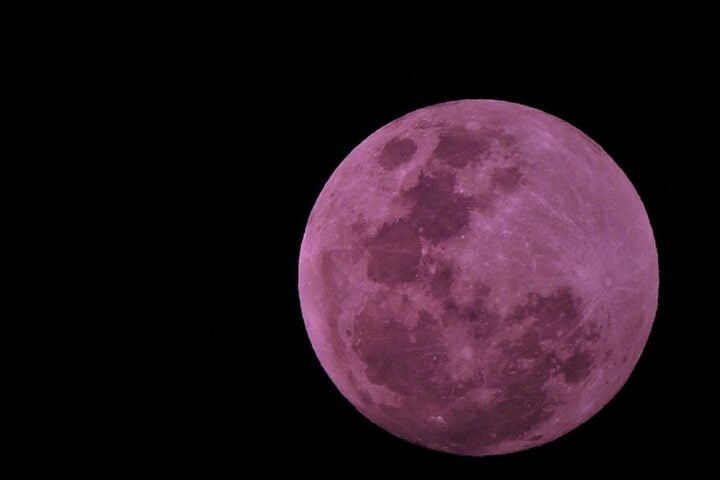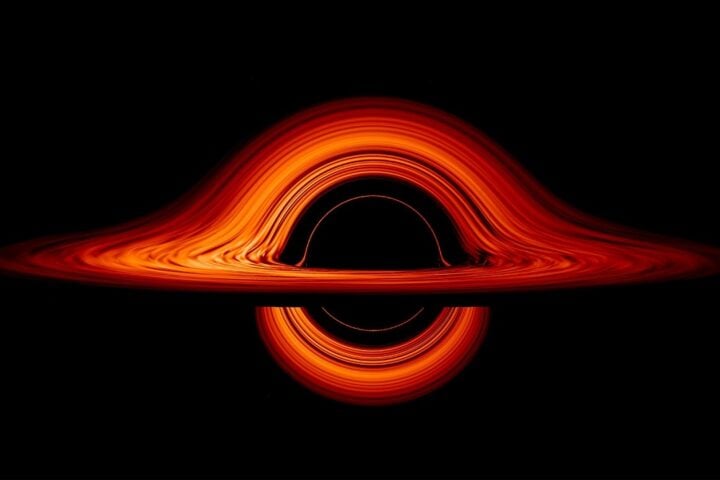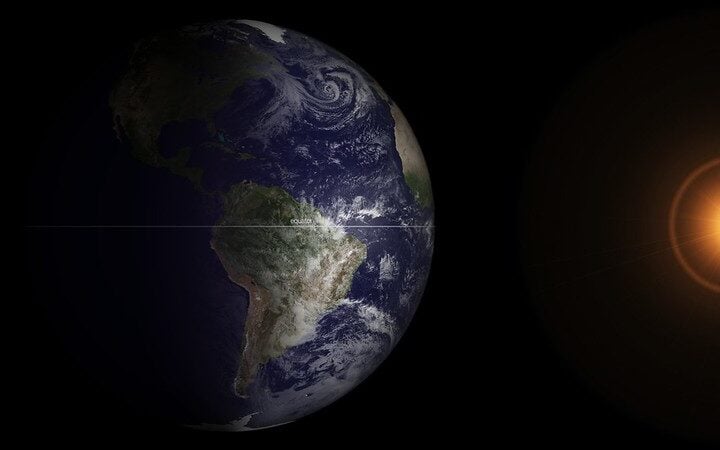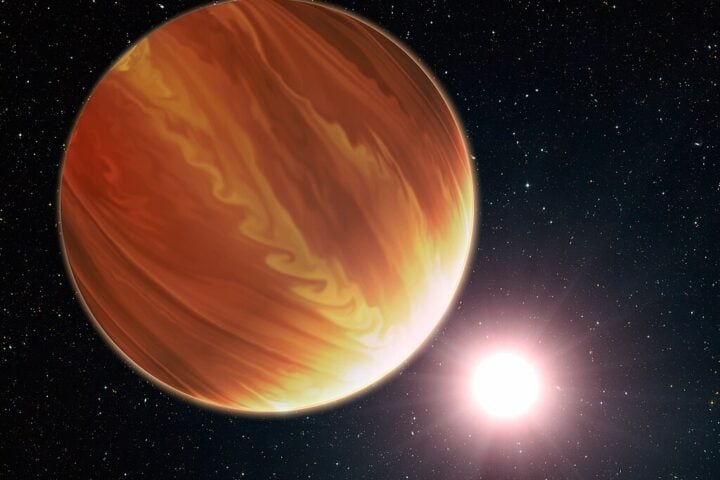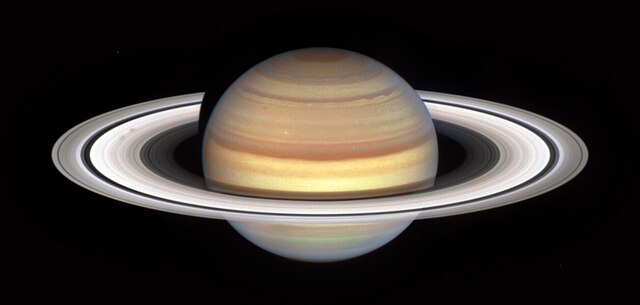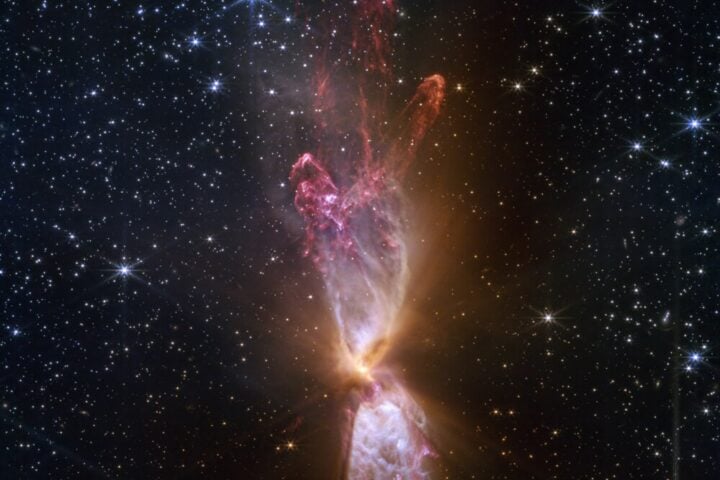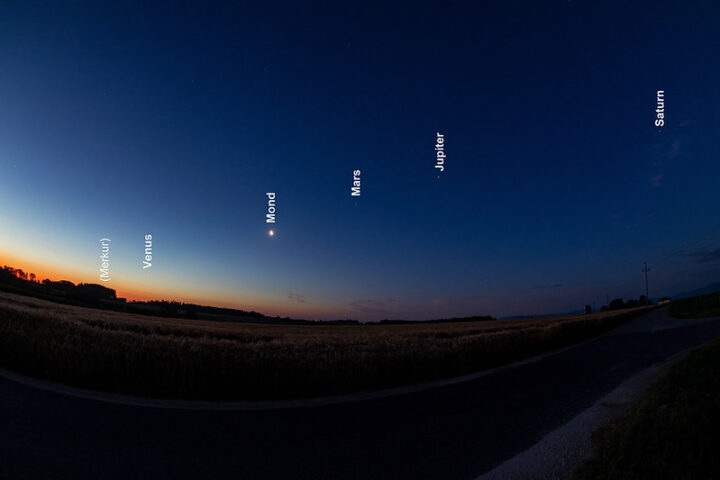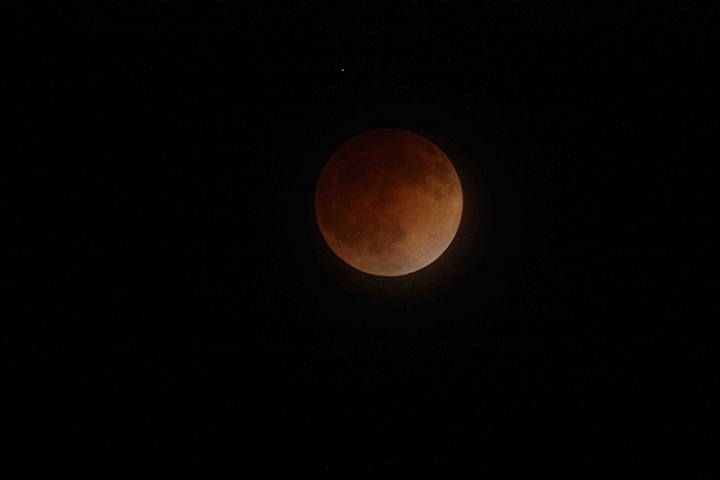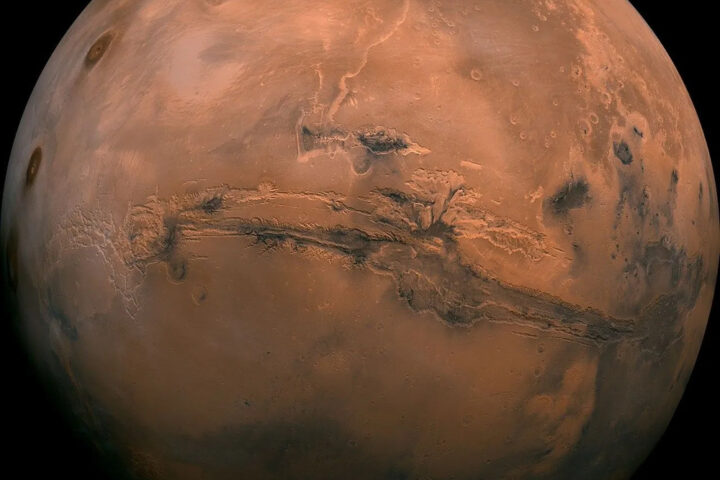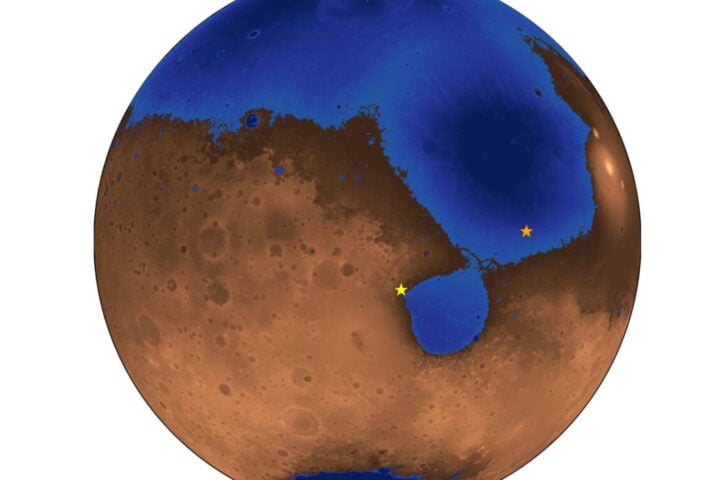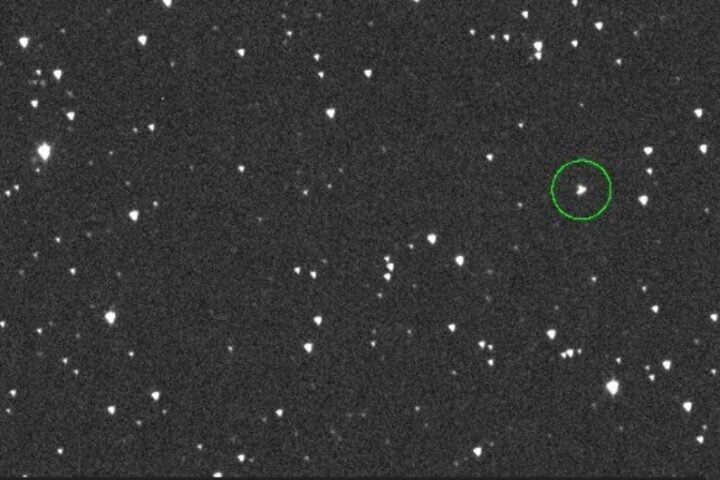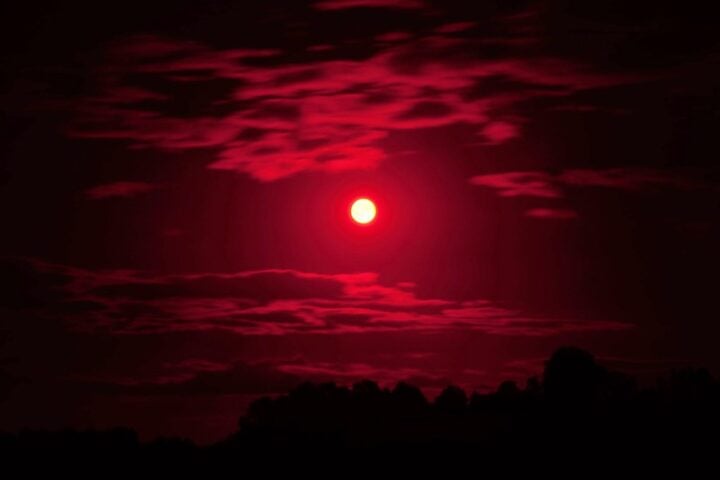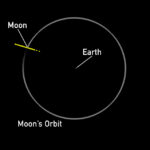TESS’s Discovery: TOI 700 e
NASA’s Transiting Exoplanet Survey Satellite (TESS) has unveiled a new Earth-sized gem, TOI 700 e, nestled within its star’s habitable zone. This intriguing zone, often dubbed the “Goldilocks zone,” is where conditions might be just right for liquid water to dance on a planet’s surface. Emily Gilbert, a postdoctoral fellow at NASA’s Jet Propulsion Laboratory, remarked, “The TOI 700 system is a rare find with multiple small planets in the habitable zone.
Previous Discoveries in TOI 700 System
Before this revelation, the TOI 700 star system had already made headlines with the discovery of three other planets: TOI 700 b, c, and d. Interestingly, TOI 700 d, like its newfound sibling TOI 700 e, also orbits within this life-friendly zone. TOI 700 e, a rocky contender, boasts a size 95% that of Earth, making it a tantalizing subject for exoplanet enthusiasts.
Observational Techniques and Insights
Ben Hord, a graduate researcher at NASA’s Goddard Space Flight Center, noted, “Had the star been slightly closer or the planet a tad larger, TOI 700 e might have been spotted in TESS’s first year of data.” This discovery underscores the importance of TESS’s method, which involves observing vast sky sectors for nearly a month to detect minute changes in stellar brightness. Such changes, or transits, occur when planets pass in front of their stars, casting a fleeting shadow.
Characteristics of the TOI 700 Star System
The TOI 700 star, a cool M dwarf, sits approximately 100 light-years away, acting as a beacon in the southern constellation Dorado. Among its planetary ensemble, TOI 700 b is closest in size to Earth at 90%, while TOI 700 c dwarfs our home planet by being over 2.5 times larger. A curious feature of these planets is their potential tidal lock, where one side perpetually faces the star, much like our Moon’s relationship with Earth.
Similar Posts
Habitable Zones and Future Prospects
TOI 700 e’s 28-day orbit positions it intriguingly between planets c and d, within the so-called optimistic habitable zone. This optimistic zone extends beyond the conservative habitable zone, suggesting a broader range where liquid water might have once existed. Allison Youngblood, TESS deputy project scientist, expressed her anticipation, saying, “We’re on the edge of our seats for the other hidden gems in TESS’s treasure trove of data.”
Evolution of Exoplanet Research
The James Webb Space Telescope will allow astronomers to study exoplanet atmospheres in more detail. Of the over 5,000 known exoplanets, a few might be rocky and located in habitable zones of their stars. TOI-700’s system stands out, boasting not one, but two Earth-sized planets in its habitable zone. Such systems, termed “keystone systems,” are pivotal in understanding planetary formation, evolution, and the potential for extraterrestrial life.
The Quest for Extraterrestrial Life
Exoplanet research has evolved from just finding new planets to gaining a deeper insight into their characteristics. From detecting the first exoplanet around a Sun-like star in 1995, astronomers now have the capability to discern key atmospheric components, like water. TOI-700 e’s discovery not only adds to the growing list of exoplanets but also raises tantalizing questions about life beyond our solar system. As researchers continue to probe the cosmos, systems like TOI-700 serve as prime candidates for in-depth studies. The quest for life outside our solar system hinges on understanding planets like TOI 700 e and their star systems. With each discovery, the cosmic puzzle becomes a tad clearer, inching us closer to answering the age-old question: Are we alone? As the universe continues to unveil its secrets, one thing is certain: the cosmos is teeming with possibilities, and TOI 700 e is just the beginning. As we gaze into the vastness of space, every discovery, like TOI 700 e, is a reminder of the infinite wonders waiting to be unraveled.
